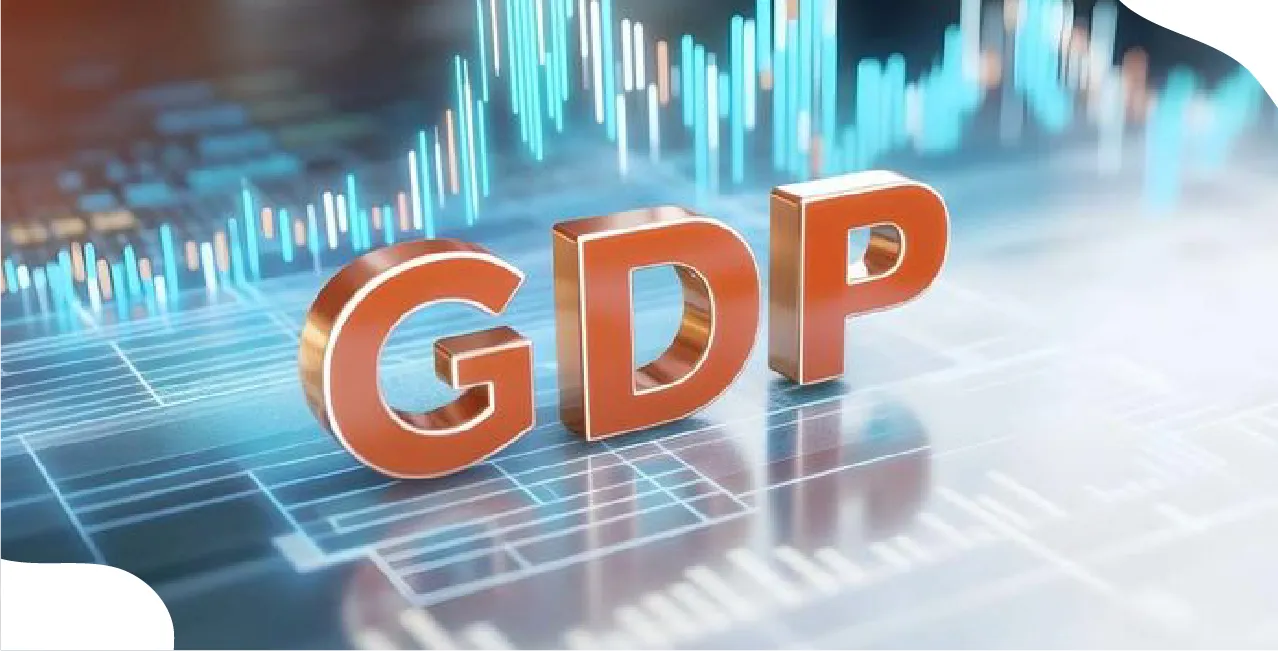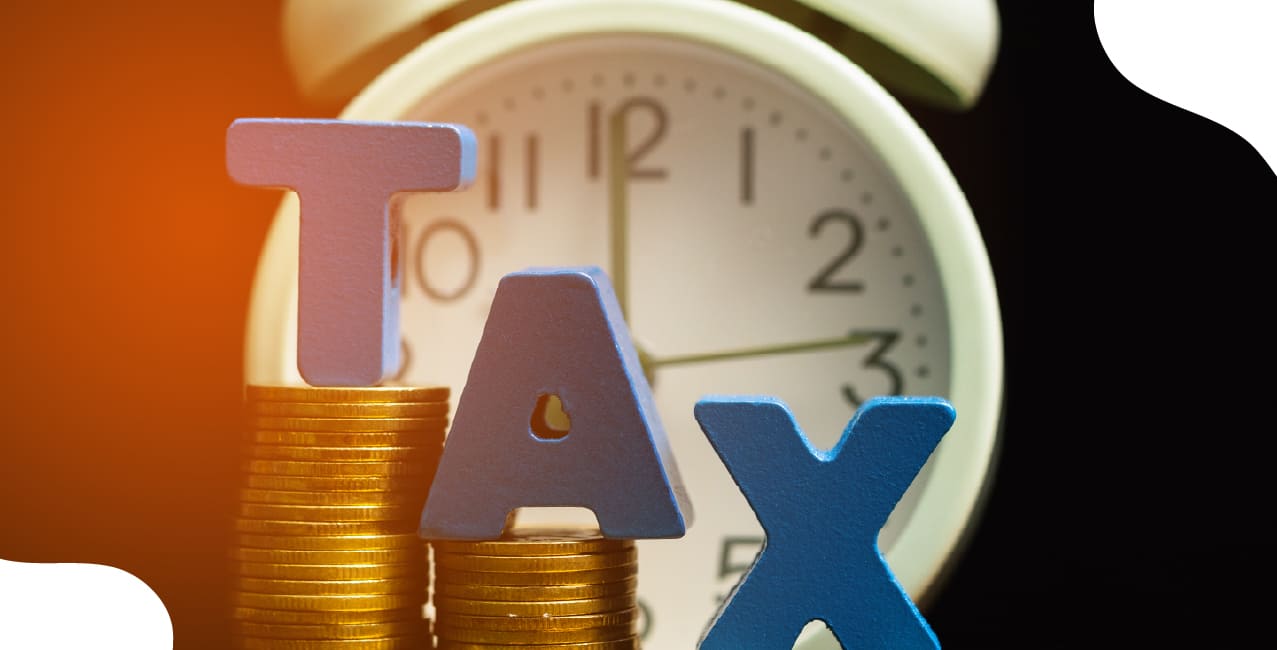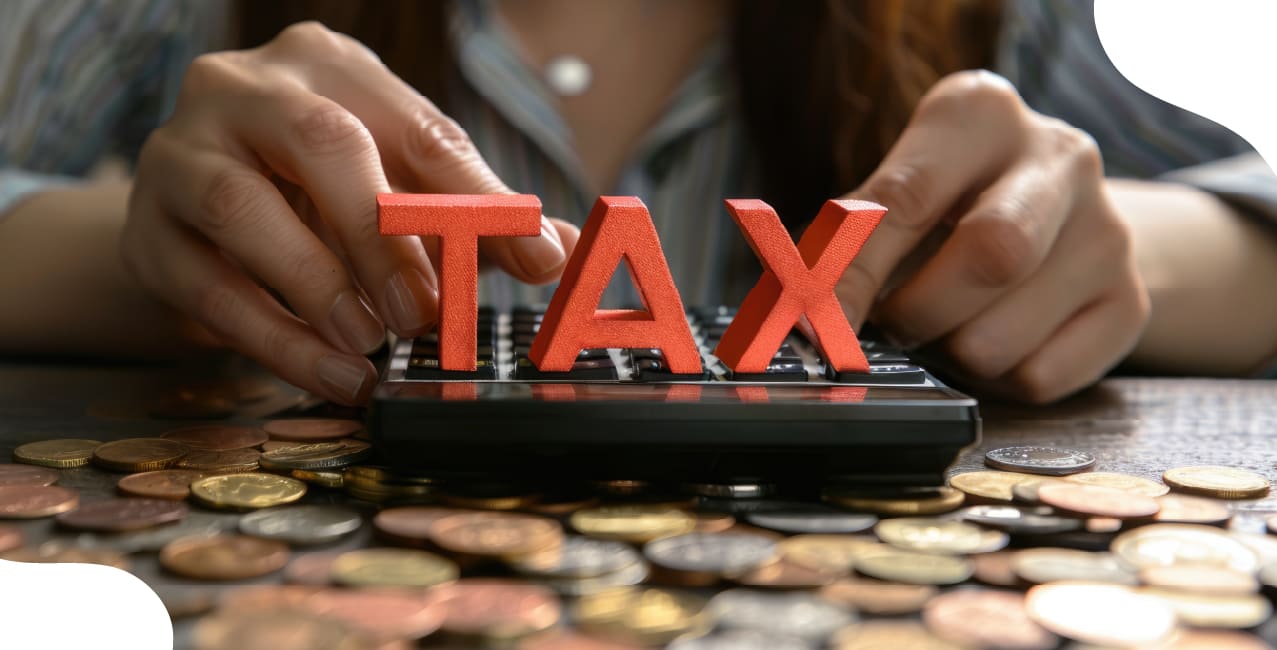
Author
LoansJagat Team
Read Time
6 Min
05 Aug 2025
What is GDP – Full Form, Types & Economic Importance
GDP is the total monetary value of all goods and services produced within a country in a year. It shows how strong or weak a country’s economy is.
For example, Meena runs a small business in Jaipur. She sells handmade bags worth ₹5,00,000 in a year. The government builds roads worth ₹10,00,000, and investors put ₹7,00,000 into new shops. India also exports goods worth ₹4,00,000 and imports items worth ₹3,00,000. Together, this makes up part of India’s GDP.
By following a simple example and clear breakdown, the explanation helps show how a country’s economy is measured and what each part of GDP means.
Real GDP adjusts for inflation, while Nominal GDP does not. So, Real GDP helps compare economic performance over time more accurately. GDP acts like a report card for the country's economy.
How Does GDP Work?
GDP tells us how much a country earns by adding up everything people spend, build, and sell, including how much the country trades with others. It works like a giant money calculator for the country.
Think of GDP Like a Big Piggy Bank
Imagine Raju has a small toy shop. His customers spend ₹50,000 buying toys (consumer spending). The local government builds a park for ₹1,00,000 (government spending). Raju also invests ₹20,000 in new shelves (investment). He sells toys worth ₹30,000 to customers in another city (exports) and buys ₹10,000 worth of goods from outside (imports).
Raju’s GDP-style Calculation:
If prices double but Raju still earns the same in today’s rupees, the real income is less. That’s why Real GDP shows the true picture by removing price changes, unlike Nominal GDP, which doesn’t adjust for inflation.
India’s Impressive GDP Growth: A Sign of Economic Strength
India’s Gross Domestic Product (GDP) is growing steadily and stands as the fastest-growing major economy in the world. Between 2024 and 2025, real GDP, which measures growth after adjusting for inflation, increased by 6.5 percent. This growth is not only strong but also consistent. The Reserve Bank of India expects a similar rise in 2025 to 2026.
Read More – What is Economic Development? Indicators, Examples & Importance
This rise in GDP means India is producing more goods and services across sectors such as manufacturing, agriculture, services, and infrastructure. What makes this progress more notable is that it comes during a time when the global economy is slowing down.
Here are a few key highlights:
- GDP from 2014 to 2015: ₹106.57 lakh crore
- Expected GDP in 2024 to 2025: ₹331.03 lakh crore
- Growth in one year at current prices: 9.9 per cent
- Growth in one year after removing inflation: 6.5 per cent
- Exports in 2024 to 2025: USD 824.9 billion
- Inflation in May 2025: 2.82 per cent, the lowest since 2019
Strong domestic spending, large public investments, and rising business confidence are all helping India’s GDP continue on this successful path.
How US Tariffs Can Slow Down India’s GDP Growth?
When another country, like the United States, puts extra charges called tariffs on products it buys from India, it makes Indian goods more expensive. This means fewer people in the US may want to buy them. As a result, India's exports fall, and so does its GDP growth.
Think of Raj, who sells handmade bags. He usually sells ₹10,000 worth of bags to the US. If the US adds a 20 per cent tariff, the price goes up for buyers there. Now, they only buy ₹8,000 worth. Raj earns less, and the country's income from exports also drops.
Simple Table to Understand
What Experts Say?
India's Finance Secretary, Ajay Seth, said that new US tariffs could reduce India’s GDP growth by up to 0.5 percentage points. That means if India was expected to grow at 6.5 per cent, growth could fall to between 6.0 and 6.3 per cent.
Key Points
- US tariffs make Indian products costlier abroad.
- Buyers may choose cheaper goods from other countries.
- India sells less, earns less, and its GDP growth slows.
- The government is working to handle the situation through talks.
How India Calculates Its GDP?
India calculates its GDP using two main methods. Each offers a slightly different view of the economy, but both are useful for understanding growth and performance.
1. GDP at Factor Cost (Based on Economic Activity)
This method adds up the income generated by:
- Wages and salaries
- Profits of businesses
- Rent from land or buildings
- Interest earned on capital
It shows how much value is created by production within the country.
2. GDP at Market Prices (Based on Spending)
This method looks at total spending in the economy, including:
- Consumer spending
- Government expenditure
- Business investments
- Net exports (exports minus imports)
This approach reflects how much people and institutions spend to buy goods and services.
In addition to these, India also releases:
- Nominal GDP, which is measured using current market prices
- Real GDP, which adjusts for inflation using constant prices
Though all four figures are important, the GDP at factor cost is the most widely followed and is often mentioned in newspapers and economic reports.
Also Read - What Is Economic Growth? Meaning, Factors & Real-World Examples
How India Measures GDP?
India calculates its Gross Domestic Product (GDP) using two methods, one based on production (factor cost) and the other on spending (expenditure at market prices).
1. GDP by Industry – Factor Cost Method
This method shows how many different sectors were produced during the year. It compares last year’s and this year’s figures to find the growth in each area.
Sector-wise GDP Growth Table
If India were a company, this table shows how much each department (like farming, factories, and transport) earned. Most sectors grew, but mining and quarrying earned less this year.
2. GDP by Spending – Expenditure Method
This method adds up everything spent in the economy by people, the government, and businesses, plus exports minus imports.
Expenditure-wise GDP Table
This method is like checking how money was spent across the country. Most money went into buying goods and services by families, followed by business investments and exports.
Conclusion
Gross Domestic Product, or GDP, is the total value of all goods and services a country produces in a year. It helps us understand how strong or weak an economy is. If GDP is rising, the economy is growing. If it falls, the economy may slow down. GDP is an important tool used by governments, businesses, and investors to make decisions and plan for the future.
FAQ’s
1. What does GDP stand for?
GDP stands for Gross Domestic Product. It shows the total value of goods and services made in a country in one year.
2. Why is GDP important?
GDP helps us understand how well a country’s economy is doing over time.
3. What happens when GDP grows?
When GDP grows, the economy is producing more. This usually means more jobs and higher income.
4. What is the difference between real and nominal GDP?
Real GDP removes inflation effects. Nominal GDP includes them. Real GDP shows true growth.
5. Who uses GDP figures?
Governments, businesses, and investors use GDP to make plans and decisions.
Other Informative Pages | ||
About the Author

LoansJagat Team
‘Simplify Finance for Everyone.’ This is the common goal of our team, as we try to explain any topic with relatable examples. From personal to business finance, managing EMIs to becoming debt-free, we do extensive research on each and every parameter, so you don’t have to. Scroll up and have a look at what 15+ years of experience in the BFSI sector looks like.

Quick Apply Loan
Subscribe Now
Related Blog Post

LoansJagat Team • 22 Sep 2025
_of_Income_Tax_Act.jpg)
LoansJagat Team • 22 Sep 2025

LoansJagat Team • 22 Sep 2025